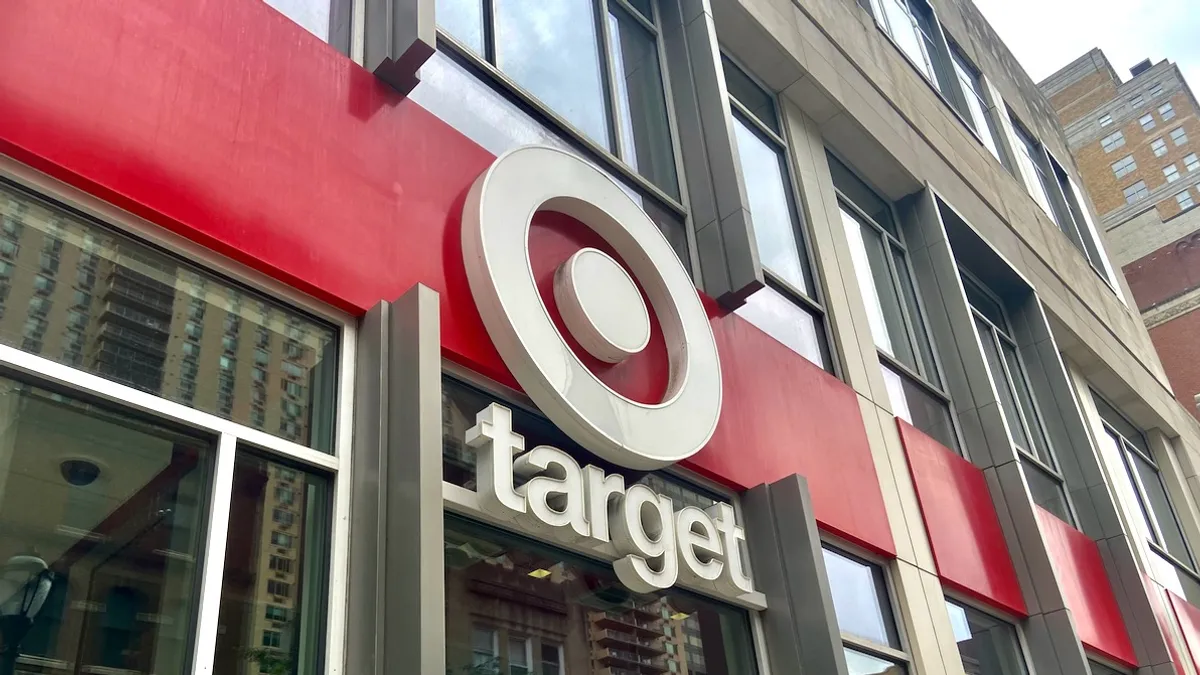Employees like jobs that allow them to hit the pharmacy before it closes, turn on ESPN before tip-off and tuck in the kids before they start snoring. Recent research has named work-life balance, in addition to salary and job location, as a top motivating factor in employee retention and turnover.
This work-life balance has shapeshifted, of course, since smartphones and laptops rendered the walls of a workplace somewhat meaningless. Employees can now message co-workers from the pharmacy pick-up window, clear an inbox in front of a flat screen, or mute a conference call long enough to kiss John Jr. goodnight. This begs the question: What is work-life balance in the age of the ever-present worker? Some say it's obsolete.
"There is no such thing as work-life balance," Ceridian CPO Lisa Sterling told HR Dive in an interview. "You've got to get to a point at which work and life integrate, and you figure out organizationally and individually how to make those two things work together."
In the absence of work-life balance, a new term — and possibly a new lifestyle — has taken its place: work-life blend. Sterling sees it as HR's responsibility to teach employees about the balance-to-blend transformation.
"As HR, it is our fundamental responsibility to change the conversation and to help people understand why things are the way they are today and how you can live both sides of your life effectively," she said.
Work-life blend: An antidote to the seesaw
Think of work-life balance like a seesaw, suggested Kara Longo Korte, director of product management for TetraVX. "You've got a ton on one side and not a lot on the other. Work's going really well and you're crazy, but then your home life — your 'life' life — suffers," she told HR Dive in an interview. "Or you've got everything going in your home life, but then that takes away from work. The blend is how you can manage the two most effectively."
Work-life blend is a fairly self-explanatory concept. If an employee with a sinus infection needs to see a doctor and pick up a prescription, she can duck out for a couple hours one afternoon and finish work later that evening. Similarly, an employee who has volunteered for his kid's kindergarten holiday party can work ahead early in the morning and make it to school in time for festivities. Of course, every employer's policy will differ, but the idea remains the same.
As for the origins of work-life blend, most point to technology, the enabler of remote work. "Look at how things like Skype have become so prominent in the workplace that people [off-site] can involve and engage themselves almost as if they're right there live in the environment," said Steve Wolfe, executive vice president, operations & administration at Addison Group.
Skype, Slack and other communication platforms may have facilitated work-life blend, but younger generations of employees helped the concept take off. Millennials don't want to work in an office with policies that force them to take a day off of work just to go to an appointment, according to Longo Korte. "That's just not acceptable," she said.
And as millennials and other young employees pushed to reconcile their work lives with their personal lives, employers listened and changed. "It has just become so much more commonplace to recognize a couple of key things. One is that people have responsibilities outside of the workplace that may not allow them to work traditional hours, which has once been required," Wolfe said. "And yet, at the same time, there has been a recognition that if they can get the work done in an agreed-upon timeline, unless there's some really specific requirement that they have to be in the workplace, then it really shouldn't matter."
An employer-employee benefit
Work-life blend policies tend to benefit an employer as much as its employees. "Frankly, it sends a strong message to an individual when a company acknowledges that their life outside of work is very important and they need to be able to attend to that," Wolfe said. He emphasized how employers' trust in employees and value in their lives will see a significant payoff later: "It can be a really valuable asset, especially from a retention standpoint."
Guillermo Willi, chief people officer at Globant, observed a similar effect in his own workplace. "We say that part of why people are motivated at Globant, and actually any workplace, is basically because they can have a purpose, they can learn and they can have flexibility and autonomy."
This extends to hiring, as well, he said; "Organizations that recognize the ability to show some flexibility around work-life blend will find themselves in a better circumstance when it comes to finding the best talent for the right job at the right place."
How to implement work-life blend
Employers that choose to introduce work-life blend into their workplaces will need to shape it to fit their organizations in order to see success.
Create and enforce a policy
Employers adopting work-life blend will need to communicate expectations to their workforces, Longo Korte said. A good policy will not only define an employer's rules around when employees can and can't step out to take care of personal matters, but it will also inoculate workers against some of the dangers work-life blend can create.
Many employers use instant messaging platforms to communicate, and most of these platforms have app versions for smartphones. This means an employee's phone can start buzzing at 9 p.m. — perhaps during the most crucial moments of the big game on ESPN. Does the employee have to respond to those alerts or can the notifications be cleared in the morning? An effective policy answers this question and addresses similar issues created by technology that allows employees to do work outside of the office.
'It's not one-size-fits-all'
When employers set out to build a policy or determine how work-life blend may work from position to position, they need to consider the responsibilities different roles entail. "Management and leadership has to understand that it's not one-size-fits-all," Wolfe said of work-life blend. Someone who collaborates with co-workers to develop code for the company website will approach work-life blend differently than someone who travels around the country to meet with clients.
Employees' personalities, preferences and lives will define their approaches to work-life blend, too. "Not everyone follows the same pattern and we need to customize and be cognizant of different styles and perspectives," Willi said. Some people, Longo Korte pointed out, can't find a productive rhythm when working from home. Others have an easier time completing projects when away from chatty officemates.
For Wolfe, successful work-life blend requires a focus on the end-game: "As long as you're focused on what the end result is, how you get there really shouldn't matter as long as it gets done without sacrificing quality or ability to deliver on time."
Communicate values
As the CPO of an organization that facilitates flexibility through remote work and creates teams made up of people located on different continents, Willi said it was challenging to ensure the Globant workforce saw the importance of showing up to the office. "The reason we are successful is because people are coming back to work," Willi said.
For Globant, the office provides a place where employees can interact with and learn from colleagues in different departments, participate in learning and development opportunities and enjoy fun activities like TedTalks and parties. "There are many things happening within the office atmosphere and environment, so it's important that management fosters people to come to the office and also participate in those activities," he said.
Encourage balance within the blend
Work-life blend might be more realistic than work-life balance, but it's not always the healthiest option. The very technology that allows for it can take over employees' lives, too. "You need to create in people a self awareness to stop and check about what kind of balance you're having," Willi said. "If you cannot manage technology well, you could be working all day long."
Willi said Globant has created programs to teach employees about healthy habits "so people can also understand the importance of being able to limit the places and the times of the day where you need to disconnect." That disconnection, Willi said, can help workers increase their productivity when they are on the job.
Correction: An earlier version of this story included an incomplete title for Steve Wolfe.




















